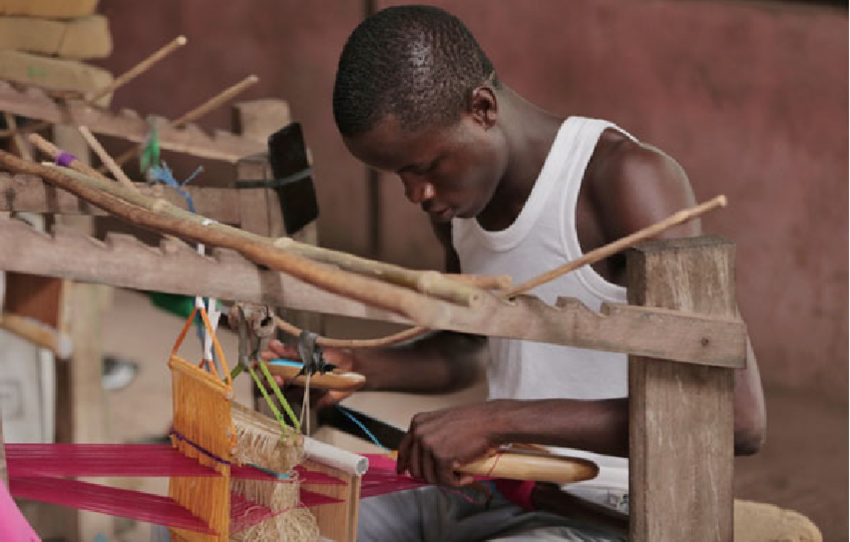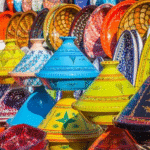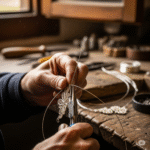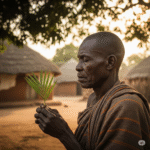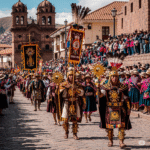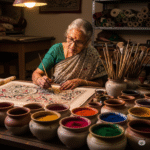Bold, colorful, and instantly recognizable — Kente cloth is one of Africa’s most iconic textiles. But beneath its vibrant surface lies a sophisticated language of symbols, history, and identity. Originating from the Ashanti people of Ghana, Kente isn’t just fabric — it’s a code, a story, and a cultural legacy woven one thread at a time.
What is Kente?
Kente is a handwoven fabric made of silk and cotton strips, traditionally worn in long panels wrapped around the body. The name “Kente” comes from the Akan word kenten, meaning “basket,” which refers to its intricate, interlaced patterns.
Historically, Kente was reserved for royalty and special ceremonies — coronations, festivals, weddings — and was considered sacred. Today, it’s worn more widely but still carries deep cultural significance, particularly in Ghana and among the African diaspora.
The Loom and the Weavers
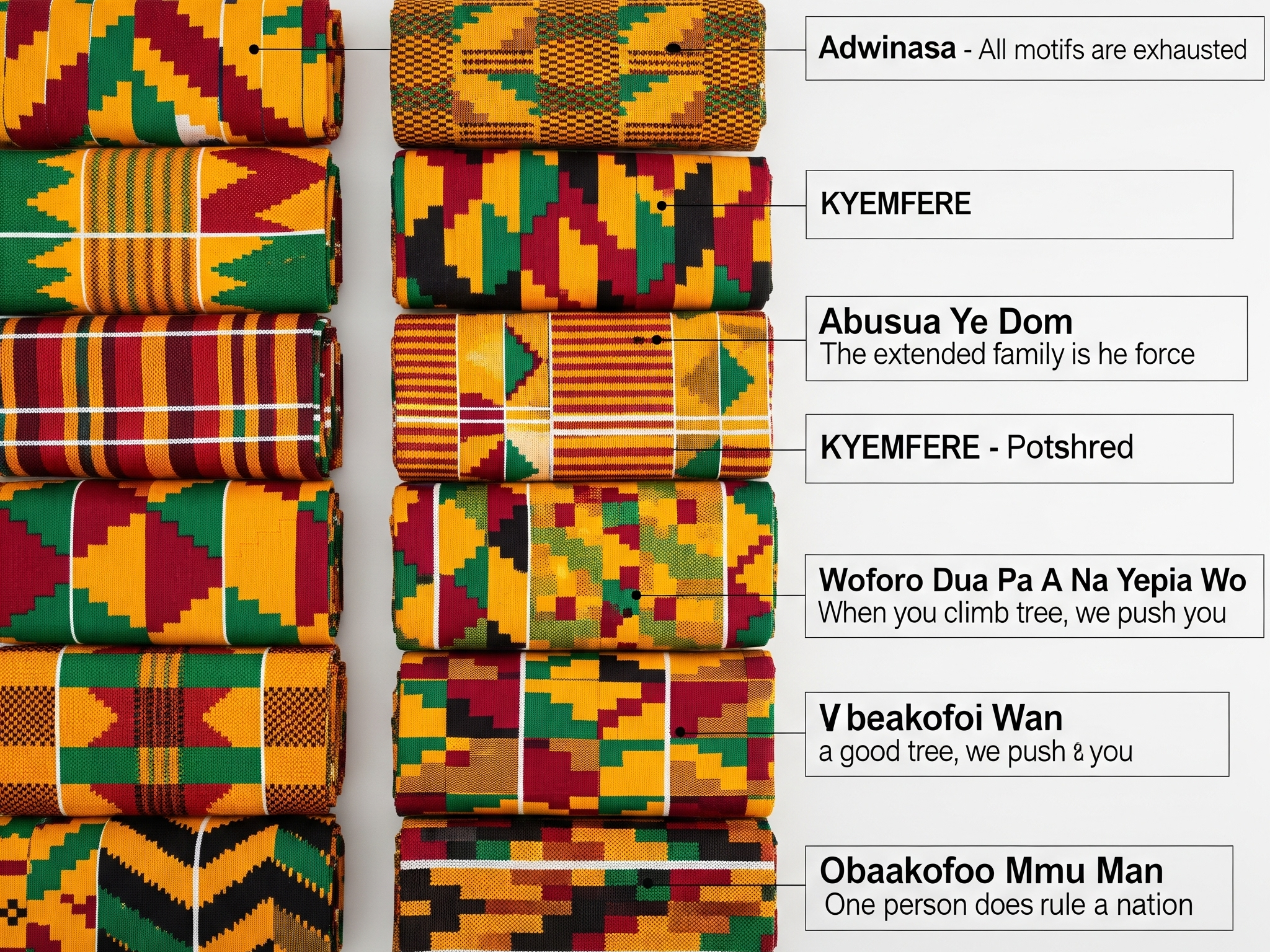
Kente is woven on a traditional horizontal loom, often operated by men in open-air workshops. Each strip, called ntoma, measures about four inches wide. Multiple strips are then sewn together to create a full cloth. Women typically handle the dyeing and marketing of the finished product.
The process requires intense concentration and rhythm. A single cloth can take days or even weeks to complete, depending on its complexity.
A Language of Symbols
Each Kente design has a name, a meaning, and a story behind it. The patterns are more than decorative — they’re visual proverbs that express values, philosophies, and historical events. Some examples include:
- Adwinasa – “All motifs are used”: Represents excellence and perfection.
- Eban – “Fence”: A symbol of safety and security.
- Fathia Fata Nkrumah – “Fathia is a suitable wife for Nkrumah”: Celebrates the union of Ghana’s first president and his Egyptian wife.
- Abusua Ye Dom – “The family is a source of strength”: Highlights the importance of kinship.
The use of color is also symbolic:
- Gold: Royalty, wealth, and spiritual purity
- Blue: Peace, love, and harmony
- Green: Growth, fertility, and renewal
- Red: Political struggle and sacrifice
- Black: Maturity and ancestral wisdom
Cloth with a Voice
In Ashanti culture, wearing a certain Kente design sends a message. Whether you’re honoring your ancestors, celebrating a marriage, or asserting leadership, the cloth communicates for you. It’s a form of non-verbal storytelling that everyone in the community understands.
Even the way the cloth is draped holds meaning. Royalty wear it toga-style over one shoulder; others wrap it differently based on occasion and rank.
Modern Revivals and Global Influence
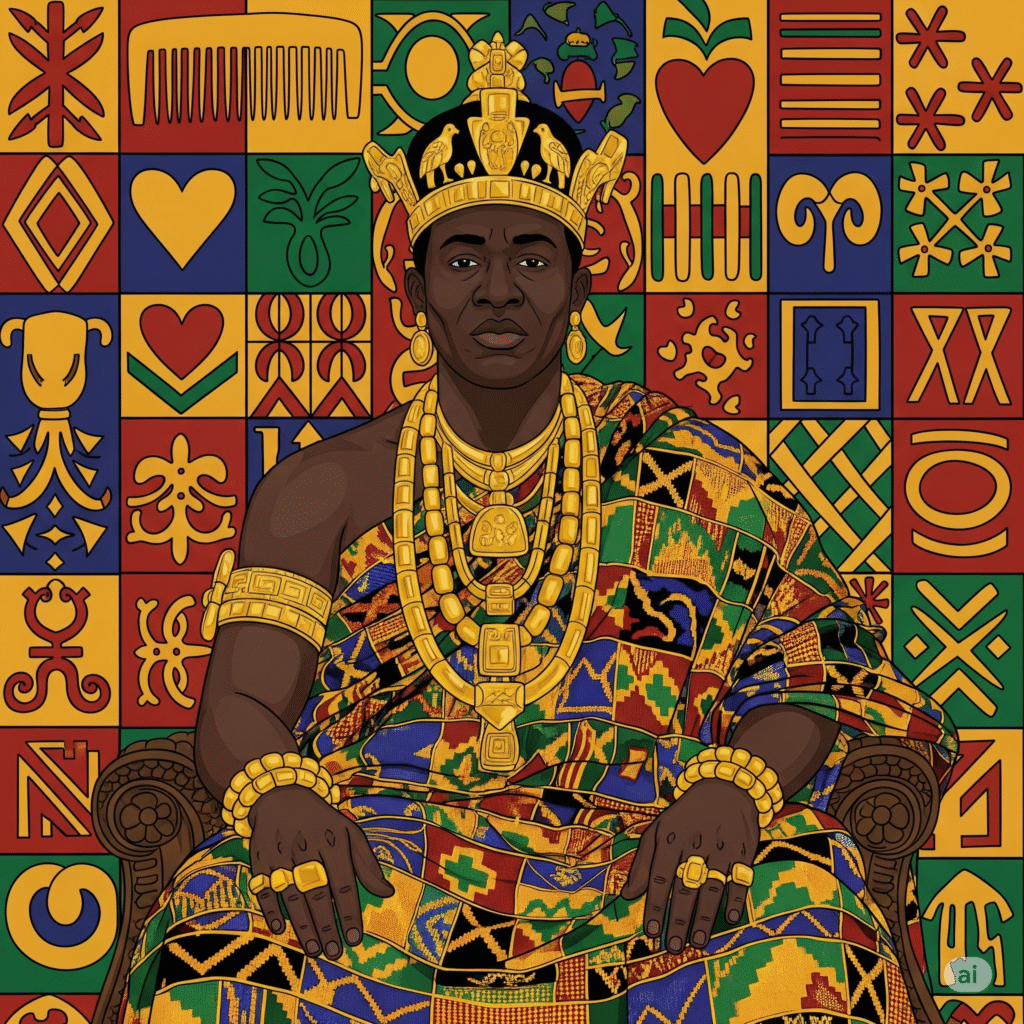
While traditional Kente is still handmade, mass-produced versions have become popular worldwide. Designers incorporate Kente patterns into modern fashion — from runway gowns to sneakers — introducing the symbolism to a broader audience.
Yet, artisans and cultural organizations in Ghana continue to preserve the authentic techniques and meanings behind the cloth. In villages like Bonwire, you can still find weavers passing down their skills from father to son, loom by loom.
A Cloth That Speaks Forever
Kente is not static. It evolves. New patterns are created to honor modern heroes, reflect social changes, and tell new stories. Yet its heart remains the same: a fabric that speaks volumes without saying a word.
In a world rushing toward the future, Kente reminds us that tradition and innovation can live side by side — as long as we keep listening to what the cloth has to say.
